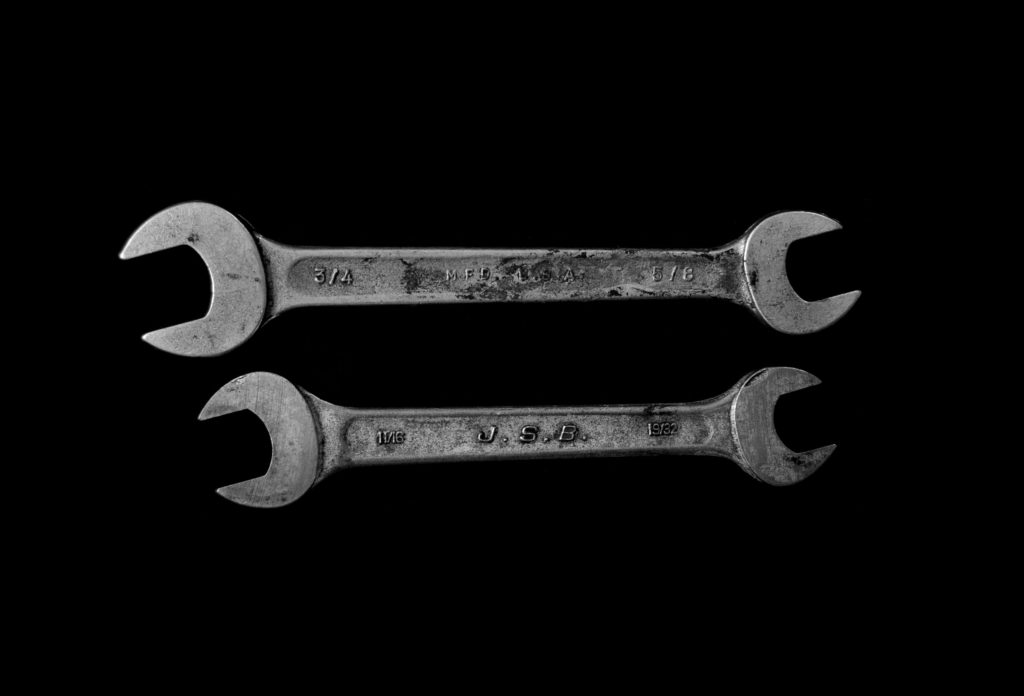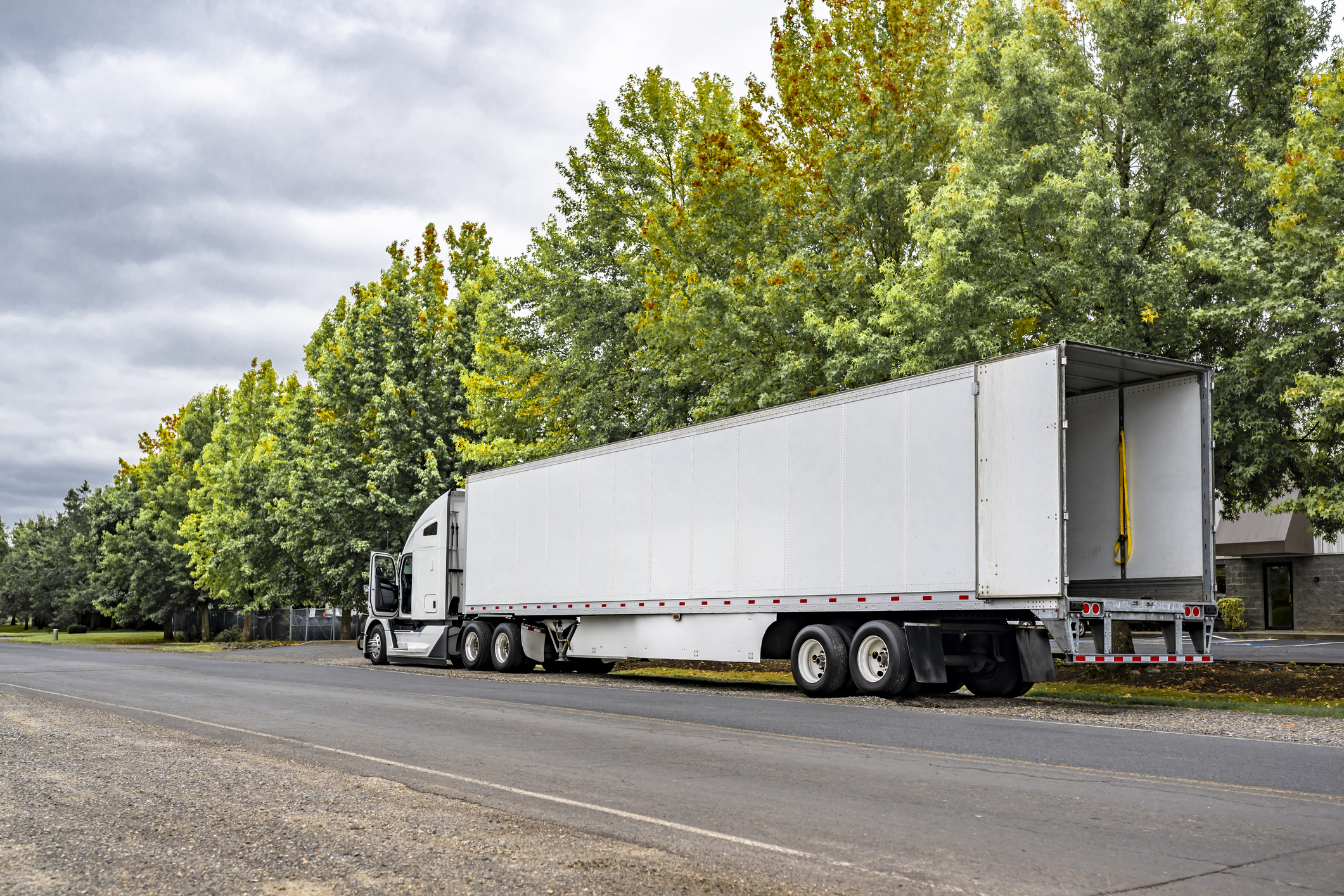Why WorkHound is telematics for drivers

The addition of computers into vehicles is still relatively new, dating back only a few decades. Over time, computing and data have steadily taken on a larger role in how vehicles perform, particularly in the trucking industry where vehicles can run over 100,000 miles per year.
That data, known as telematics, can seemingly do it all these days — helping us know how to drive more carefully and what’s happening under the hood. And that’s great because it helps us know and better understand how to optimize the performance of a truck.
But what if you could tap into telematics that would help you better understand how to optimize the performance of your drivers while also improving their job satisfaction?
Well, you can. Enter WorkHound.
Keeping a Finger on the Pulse of Employees
One of the biggest problems faced in hiring and retaining truck drivers is not truly understanding what drivers are facing at any given time. Couple that with a reluctance for employees to share their insight, a belief that leaving feedback is too difficult to explain, or it’s possible they’re not even asked to share.
No matter the reason, the end result is the same. Without feedback, you can be completely unaware of why drivers are dissatisfied with some aspect of their work.
That’s why a tool like WorkHound is important.
“This is about maintaining a finger on the pulse of your personnel and keeping a general idea of what is going on with your workers at all times,” says Katie Love, Customer Success Manager at Workhound. “This tool becomes a part of your operations, checking in with employees to see what is going on, especially when you’ve brought on new drivers.”
But it goes beyond simply providing a method of keeping tabs on new hires. WorkHound also provides an ongoing and easy mechanism for drivers to share their feedback at any time, especially when they’re facing challenges.
“In general, the nature of the job of a professional driver is very hard,” Love says. “It is strenuous on the body and mental health — and ultimately, if a company isn’t working hard to nurture their people and make them feel they have a place and support, the drivers probably won’t be in it for the long haul. If a driver isn’t given the opportunity to vent, the driver will look for it in other places and could use social media or interactions with another company to damage your brand.
“On the other hand, if you give them opportunities for feedback and the driver has a more positive perception of being supported and heard, your company can reach out about that concern and have an honest, human conversation. It may even provide the opportunity to intervene.”
To date, when WorkHound customers have been able to have conversations with drivers who have revealed their identities, at least 90% of these drivers have been retained for an additional 30 days.
Regular Feedback, Not Just Occasional
While many companies survey their drivers every so often, it’s much more effective to have continual insight into how drivers are feeling and doing. When given the opportunity to share their feedback at all times, drivers are more likely to share when there’s an issue.
“We know that a driver can be happy on Monday, something ticks him off on Tuesday and there are so many available opportunities for drivers that they can have a completely new job by Friday,” Love says. “Real-time feedback is important because satisfaction can change so quickly.”
After all, you keep a careful eye on how your trucks are performing, so why shouldn’t you also know how your drivers are doing?
Ready to see how WorkHound can help keep your drivers satisfied with your company? Let us go to work for you. Talk with an expert today!
Let's Build Better Workplaces Together
Revolutionize your company culture and your worker retention rates by improving communication and engagement.
Book a Demo

